CHICAGO—A cool breeze from the lake and the stunning architectural backdrop of Chicago’s skyline highlighted the beauty of what I was about to hear. The National Youth Orchestra of United States of America was playing at Chicago’s Millennium Park, and all seemed abuzz with anticipation.
In the background, excited and highly gifted young musicians crossed back and forth on stage. They did so, for more than anything else, to share their sense of joy at the event. With their red trousers, concert shirts, and red sneakers, the visual aspect sparked the imagination.
The large orchestra, comprising some of America’s best young talent, tours all over the globe. Assembled by Carnegie Hall’s Weill Music Institute, the orchestra conductors range from Valery Gergiev to David Robertson, who conducted on the evening I attended.
There is no question that the conductor had the complete attention of the orchestra members and that they truly appreciated his skills. The young musicians were also in awe of the violinist Gil Shaham, who has a remarkable ability to make playing seem easy.
The program consisted of works by Bernstein, Gershwin, Benjamin Britten (whose violin concerto Gil Shaham played), S. C. Adams, and Mussorgsky. Mussorgsky’s Pictures at an Exhibition, the final piece, stunned the audience, who sat spellbound by the ability of this special orchestra.
Some notes did need amplification because playing outside is different from playing inside, and the audience members’ inner ears compensated for some of the inconsistencies. But it was not long before we could sense a love for what was at hand and the task of proudly being part of a whole greater than all of its parts.
I must say, however, that these individual parts seemed some of the loveliest young musicians I have seen. I could see it in their faces that they were good people. I could sense that their pride was not egotistically motivated but that it was the excitement of the event: the re-creation of some masterworks.
These beautiful musicians included many wonderful young Asian performers in the string section. I mention the Asians since their general work ethic is so strong, and here the outcome showed so deeply.
As I listened, I could not help but mull over the thought that so many of our disturbed youth are involved in gangs, which prey on the less fit and less shrewd, and where the nastiest deeds are often answered by bullets buzzing and death.
Even realizing the hardships that many of these unfortunately trapped kids endure, I reflected for a minute on the contrast provided by the beauty and goodness of the National Youth Orchestra of United States of America.
These teens provide a different kind of role model. It is not at all about prissy kids involved in goody-two-shoes acts. No. It is about doing something meaningful and beautiful in this ever-so-short life.
These young people are role models in the sense of having courage. It takes courage to go with one’s impulse to discover beauty when your friends ask you to shoot the basketball through the hoop, to knock it out of the park, or to shoot a hole in one.
It takes courage to let a tear flow. It takes courage to feel rather than to be a numb appendage to a cruel pack of sheep.
Here we have kids who model excellence in fine playing. So fine in fact that when I closed my eyes, I could easily imagine I was hearing the Cleveland Orchestra on stage or even the Chicago string section. Yes, it sounded that good to me.
Maybe the fact that money is not the motivator has something to do with the contagious love for playing great music. But I knew—just from 50 yards away and seeing their fine bow arms traversing the strings at a near right angle, their wrists supple, their eyes focused on the music, and their phrasing simple and unforced—that I could see, feel, and hear their goodness and innocence.
Experiencing all of this made me sit up in my chair with great admiration and once again be reminded of what the human being is capable of achieving.
For more information, see carnegiehall.org
Eric Shumsky is an American concert violist, chamber musician, and conductor.

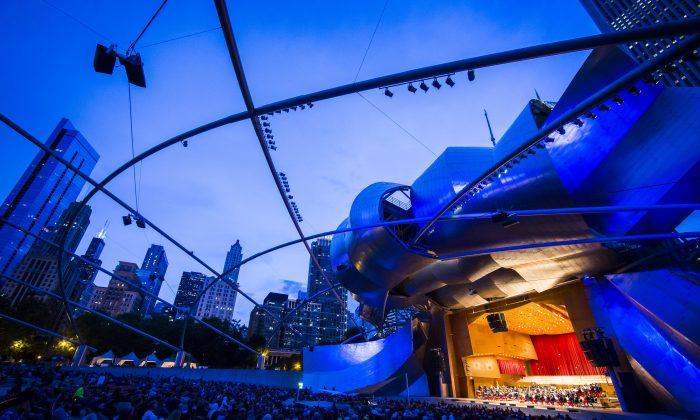
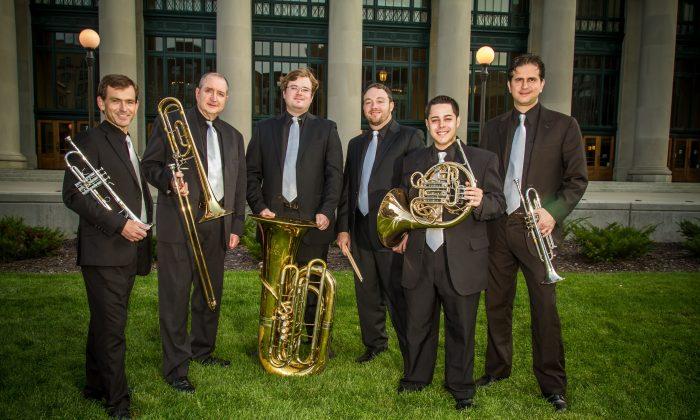
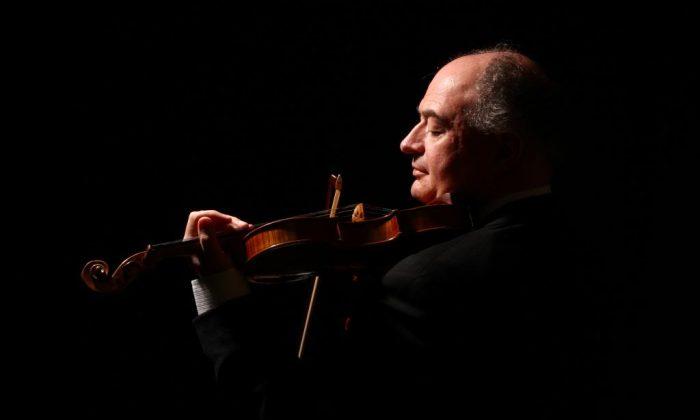
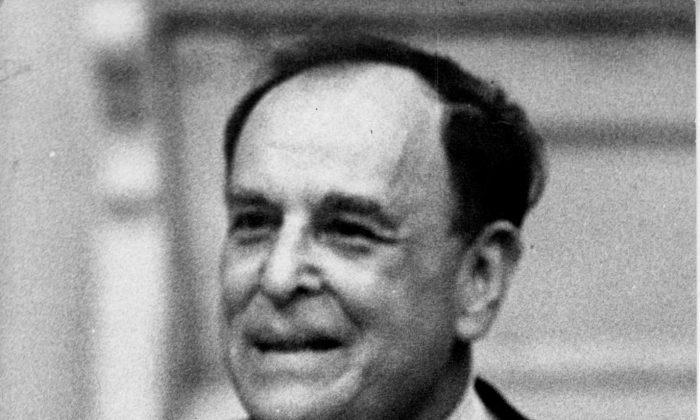
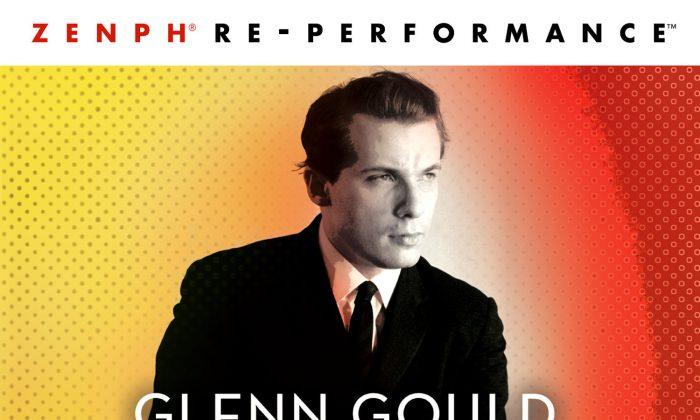
Friends Read Free